-
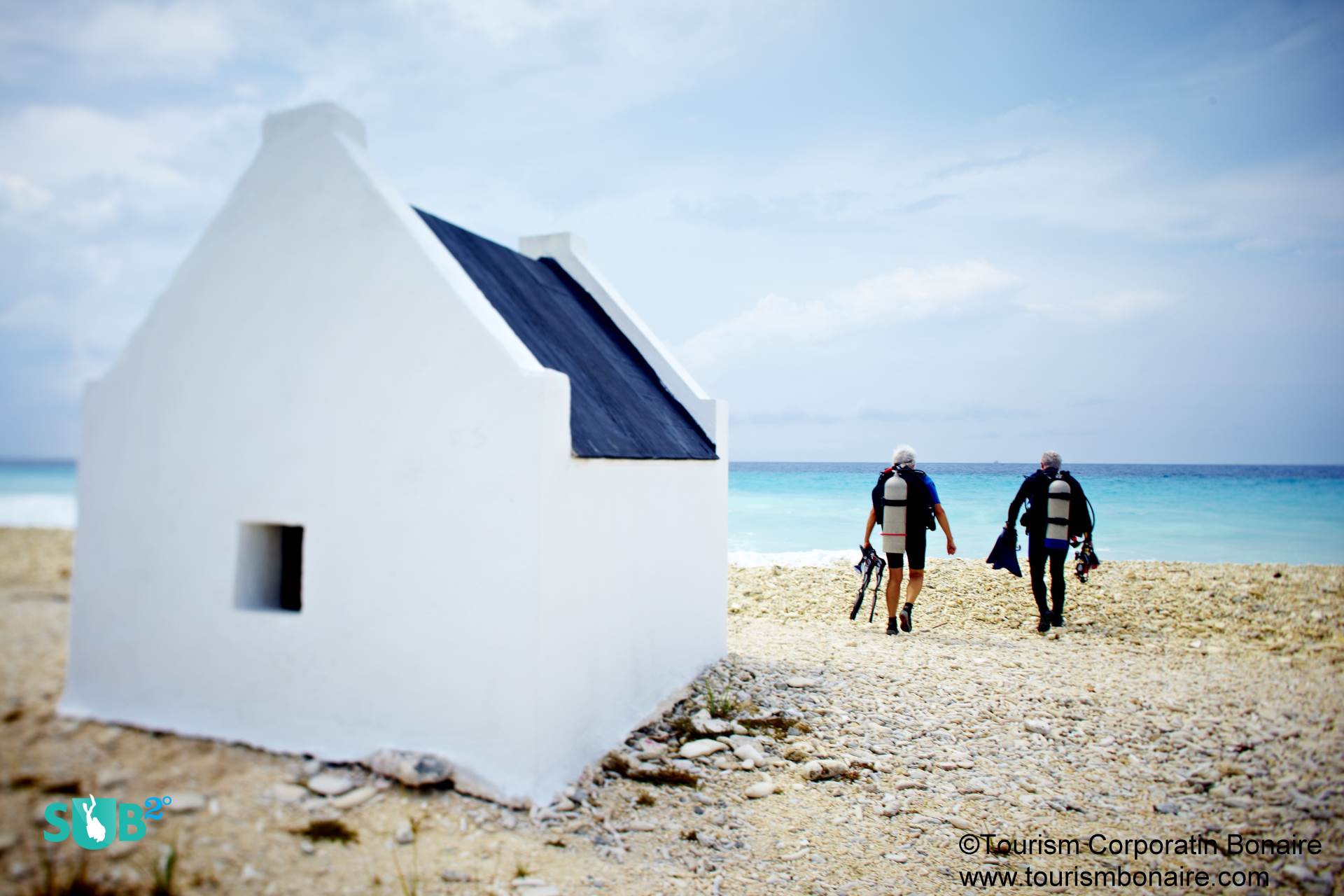
Shore Diving Made Easy!
Divers effortlessly walk to the entry point of one of Bonaire's many fantastic shore dives. -

Bonaire's Salt Pier Dazzles
The sun's rays dapple the turquoise water beneath Salt Pier. Grunts, snapper, and tarpon glitter as they shoal around the impressive structure. Photographers have plenty of opportunities to take creative images. -
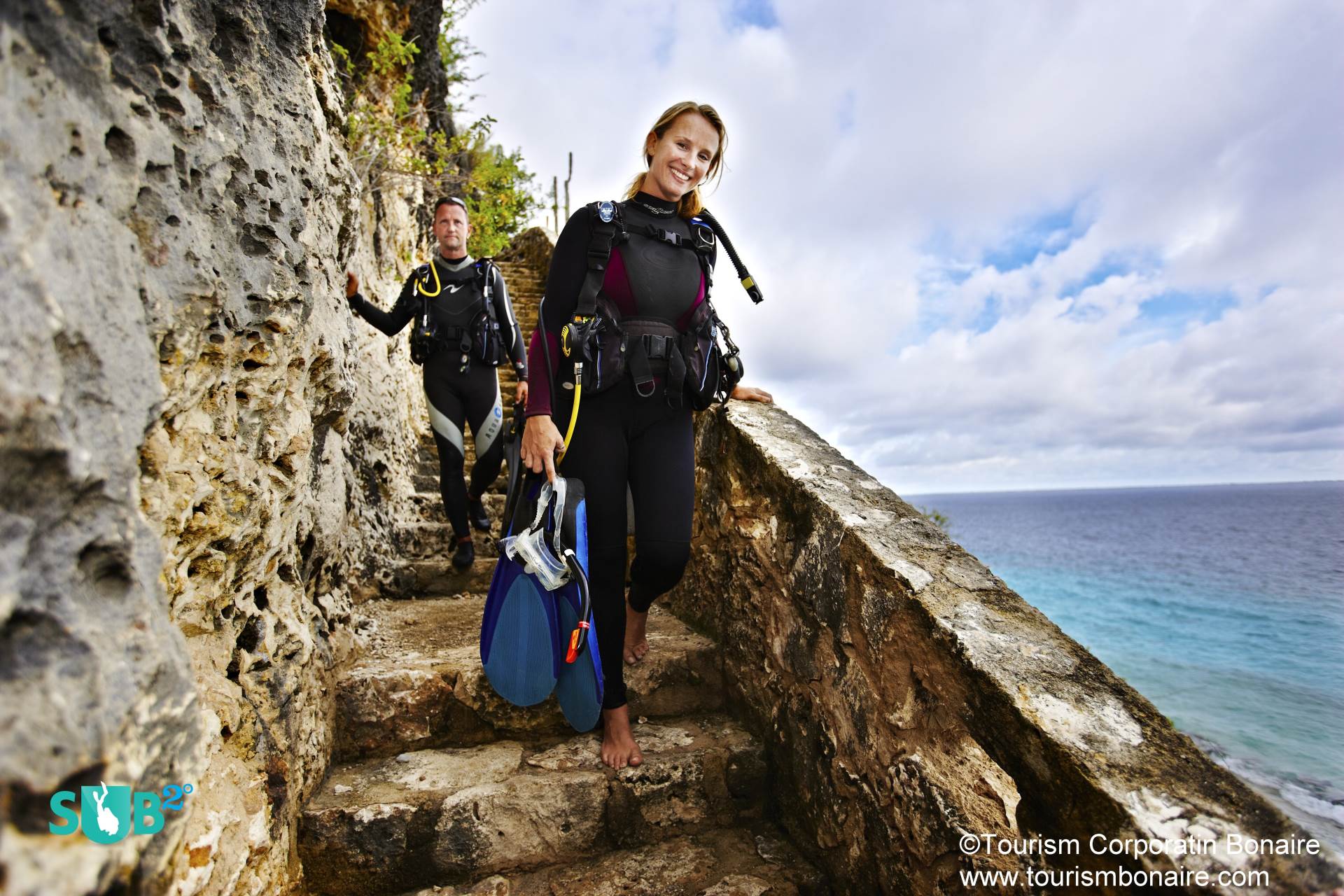
1000 Steps... To Heaven!
Divers carefully carry their equipment down the 72 steps to begin their dive. Shore entries and exits are clearly indicated, with bright yellow rocks used as markers. -
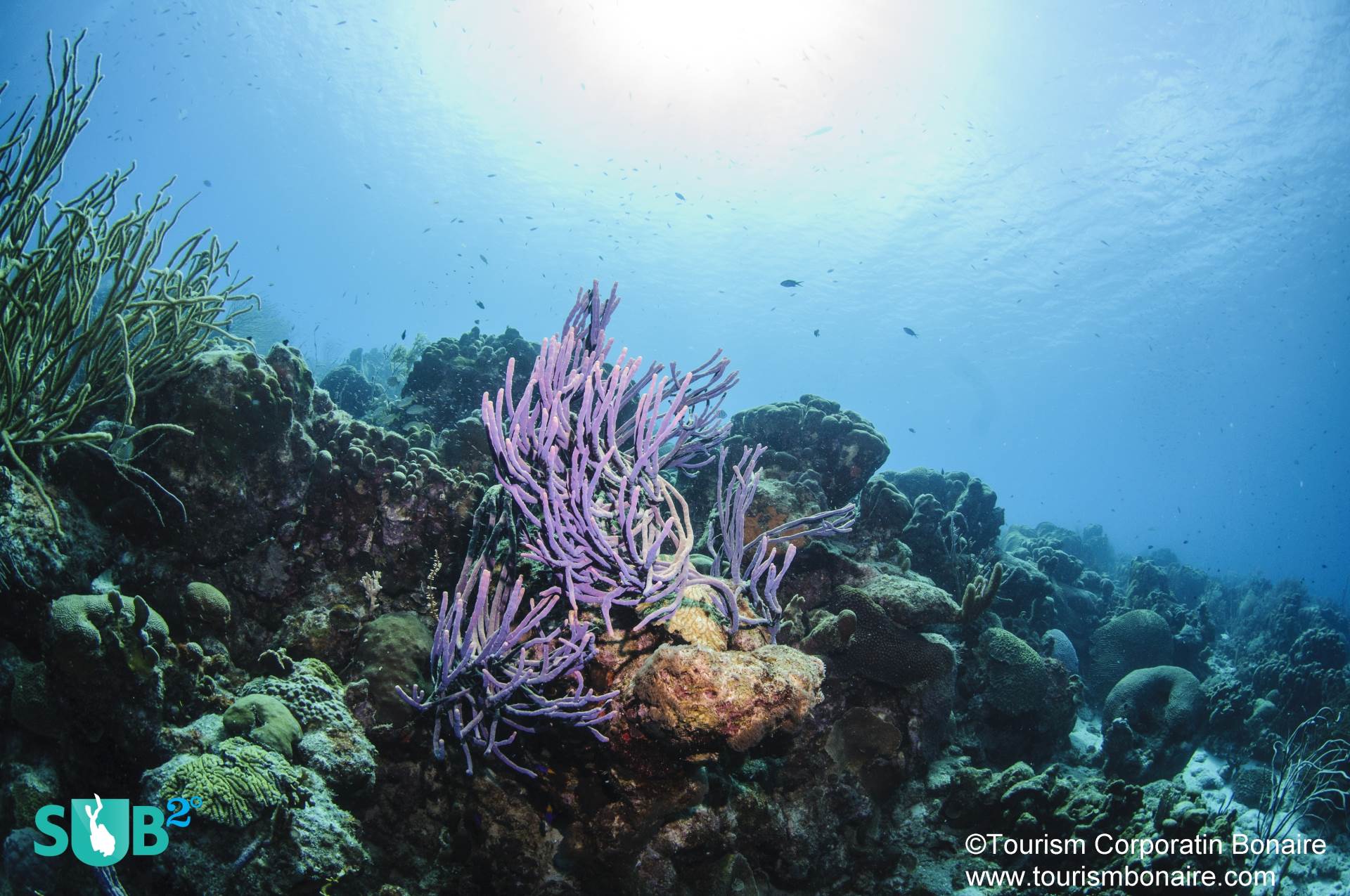
Healthy Corals and Sponges Decorate Bonaire's Reefs.
Purple rope sponge sways in the gentle current, as reef fish flit around the coral substrate. The diving in Bonaire is spectacular; divers often return to the island, time and again, to experience the scenic sites. -
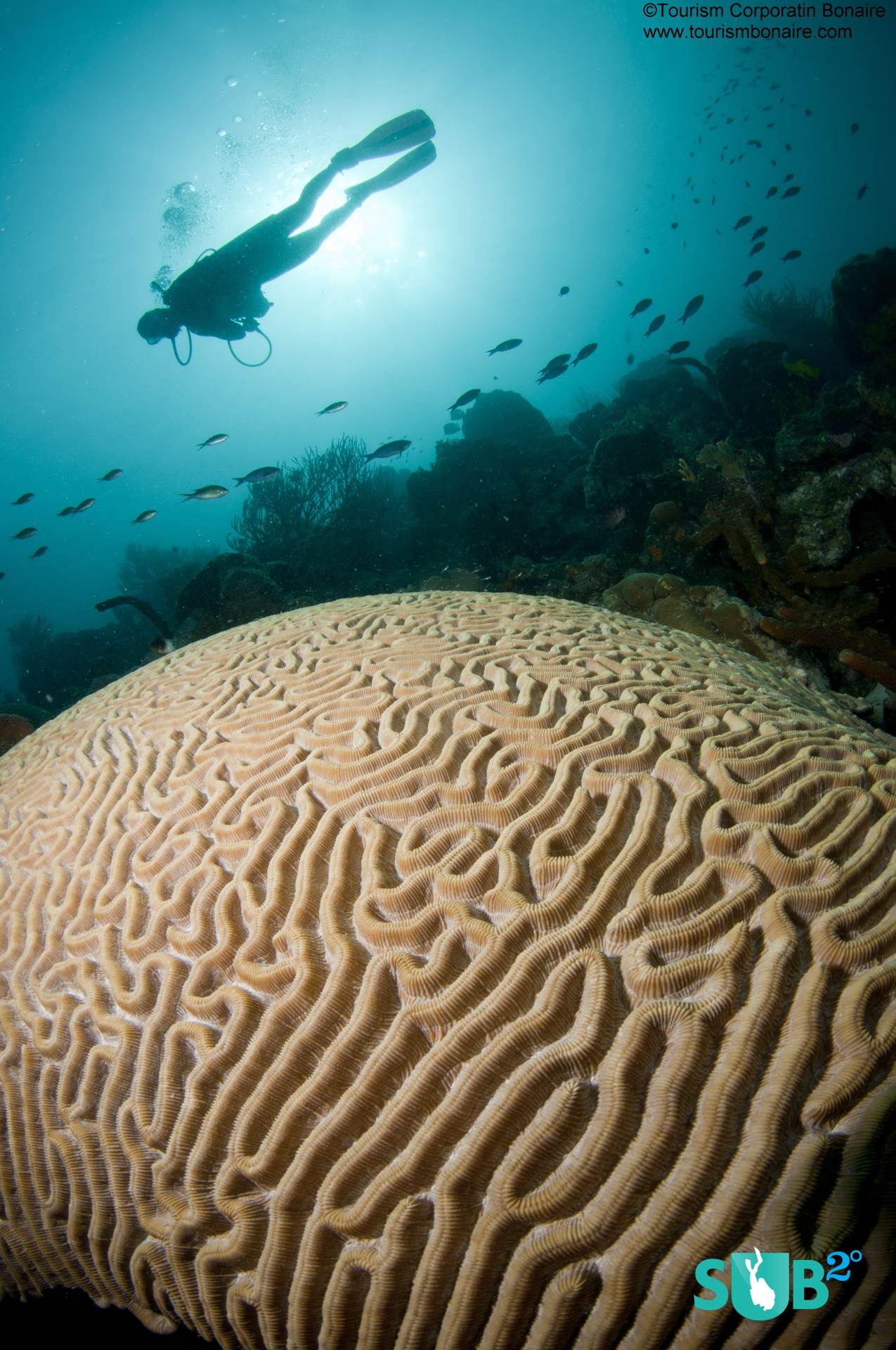
Giant Hard Corals Dominate at the Marine Park
A diver effortlessly glides with the current in Bonaire's healthy Marine Park. Massive boulder, brain, and star corals decorate the richly diverse coral reef.
Bonaire; The Shangri-La of Shore Diving
This Caribbean island guarantees to get divers bubbling, with its world-class reefs, laid-back shore diving lifestyle, and year-round holiday attitude. From the car license plates that exclaim “Divers' Paradise”, to the 24/7 drive-through tank-fill stations, Bonaire is ultimate in convenience and hospitality.
If boat diving is your thing, then the dive resorts can happily provide - but be advised that you might go home a changed diver, after experiencing the delights of well-managed shore diving on this bountiful island in the Leeward Antilles.
Get your hands on one of the detailed dive maps, hire a custom dive jeep, and set your sights on one of the many awe-inspiring dive sites along the west coast. On the roadside, bright yellow painted rocks clearly mark each site, making it easy to check conditions and start dive planning.
1000 Steps to heaven...
1000 Steps was the first dive site of the day. The thought of kitting up and walking so far with my equipment filled me with dread – but I should have guessed that Bonaire made life easier than that! Only 72 steps led down to the picturesque pebble beach, kissed by the clear turquoise sea. The tempting, calm water was easy to enter over a sandy bottom with a few rocky outcroppings.
A light current drifts along the reef, and divers are advised to begin into the current and turn around at their planned halfway point. Healthy, hard and soft corals grace the sloping reef as it descends towards the seafloor.
Buddies can choose their preferred depth level, and slowly fin along at a comfortable pace. Abundant reef fish included schooling blue Creole wrasse, brown chromis and blue tangs. Passing hawksbill turtles are inquisitive, and photographs could be taken.
The freedom of unhindered shore diving was a refreshing change – not having to keep pace with others and only having to check on my own buddy made my dive so relaxed. From photographers to critter spotters, I couldn't think of a type of diver that Bonaire's shore diving wouldn't suit.
Salt Pier – Just don't drink the water!
After a late lunch at one of the many delicious restaurants in Kralendijk, we headed down to meet our private dive master at Salt Pier. Arranged through the dive center at Captain Don's Habitat, our guide, Sherman, instantly made us laugh with his comical shark-fin hood.
Sherman explained that Salt Pier is at the end of the salt conveyor system, and should not be attempted when a ship is in the process of loading. Sun setting, we swam on the surface to the first set of pilings, taking a moment to enjoy the stunning backdrop of white salt piles and purple-tinged salt pools, that juxtapose the glistening blue sea.
Descending into the inky shadow of the pier, we found large silver tarpons and gray snapper. French angelfish and sergeant majors flit between the dappled rays of fading sunlight. Flashlights reveal surprisingly bright orange cup corals and octopus curled around giant yellow tube sponges. A must-do shore dive; just don’t swallow the water, as it is very salty!
Bonaire Shore Diving Tips
Marine Park Regulations - The fringing reef is classified as a National Marine Park, from the high water mark down to a depth of 200 feet/60m. Every diver, who has not dived on Bonaire within the last calendar year, must attend a diver orientation. These sessions are held the morning after you arrive on Bonaire. You are required to attend and obtain your Marine Park tag, which is necessary to legally dive in Bonaire's waters. The cost of the tag is US$25; all proceeds help to support park management and services.
Recompression Chamber and Diving Medical Services - In case of a diving accident or emergency, Bonaire has a recompression chamber on the island. The chamber is located behind the Centro Medical Central, and people in need of treatment must first go to the hospital to be granted access to the chamber.
Dive Equipment – Divers are advised to use sturdy wetsuit booties for comfortable shore entries and exits over the shingle and rocky beaches. A mandatory, checkout shore dive for correct equipment and weighting, is required before diving without supervision. Your dive operator will organize this, as well as any rental equipment or last minute gear purchases.
Water – Stay hydrated in the tropical climate and pack plenty of water in your hire vehicle. Cool bags are a great way to keep it chilled while you dive.
Hire Vehicles – Many resorts offer the service of a 'Drive & Dive' package, which includes a hire vehicle. Buddy Dive Resort has a unique drive-through air and nitrox fill station – so handy! Do not leave valuables in the vehicle when diving – use standard security precautions and common sense.
Island Flying After Diving Policy – A 24-hour surface interval prior to flying is recommended. The required minimum of 12 hours surface interval is enforced. At no time will you be allowed to dive on the same calendar day that you fly.
Featured Posts
-
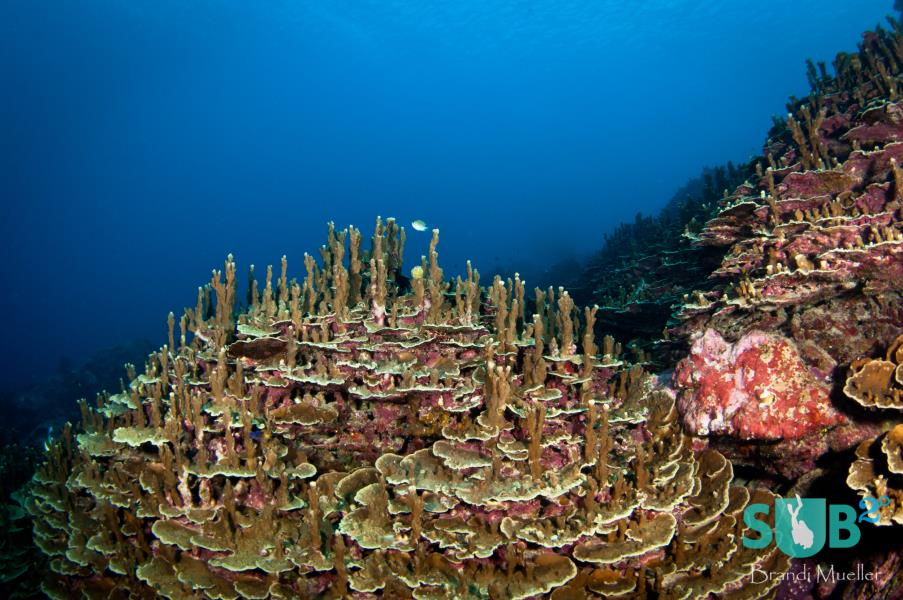
The Unique Diving of Guam
Often overlooked, the island of Guam is surrounded by fantastic diving. White sand beaches and calm, clear waters invite divers to explore the ocean and see the healthy coral and plentiful fish populations below.
-

Papua New Guinea's Milne Bay
Papua New Guinea is one of the world's best dive destinations and Milne Bay offers fantastic reef diving and muck diving in the same location. Clear waters and phenomenal creatures make for an excellent dive trip that’s enti...
-

Sharks of the Bahamas
Shark feeding dives are no longer just for the avid diver or thrill seekers. Bahama's crystal clear waters are the best environment to come nose to nose with a frenzied school of sharks after they smelled the chum.


Load more comments